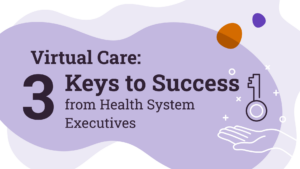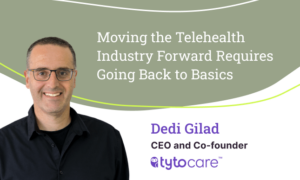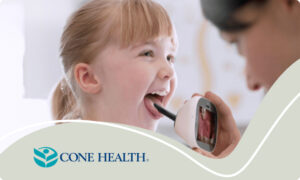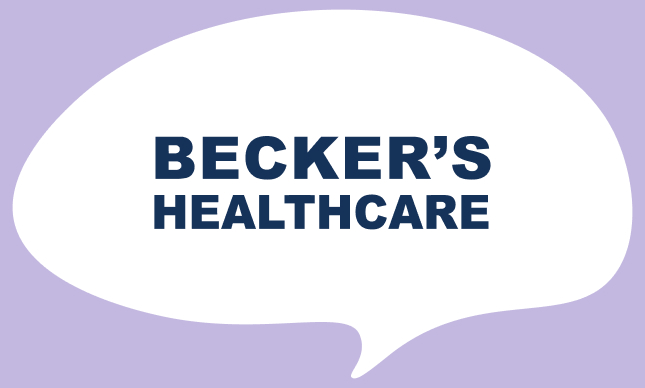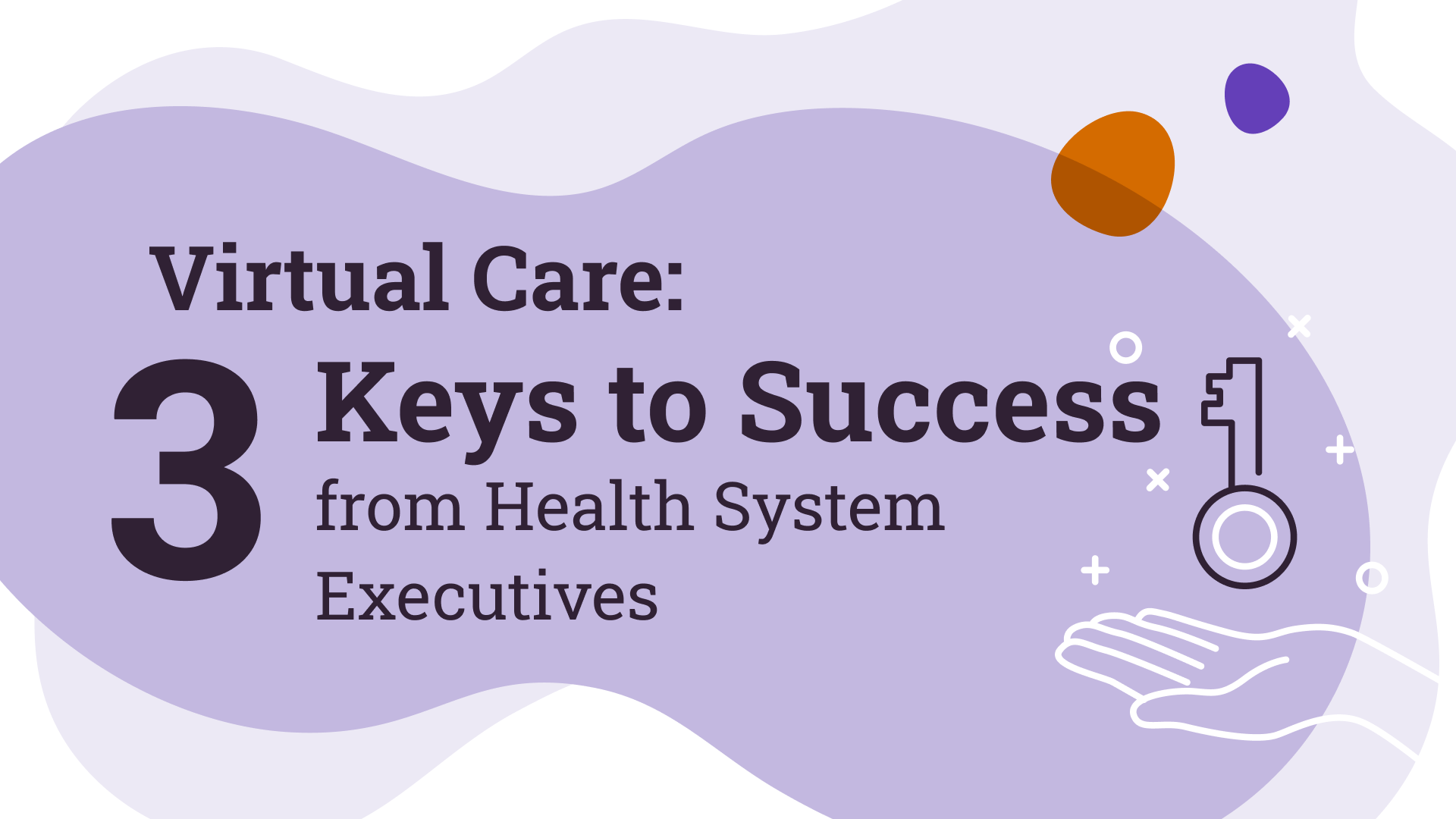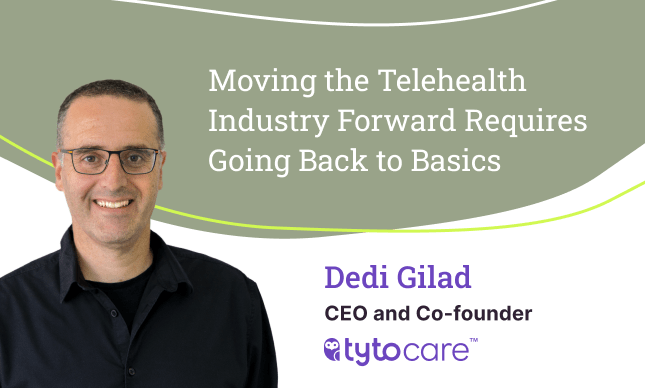Seven Telehealth Experience Takeaways from ZocDoc

ZocDoc recently published a comprehensive report, The Healthcare Experience: 2022, which provides an overview of the provider and patient telehealth experience over the last two years. Tracking the telehealth journey, from the highs of the surge in 2020, to the standardization of the inclusion of a virtual offering in the years following, the report offers a snapshot analysis of ZocDoc user and provider surveys and healthcare appointment trends from May 2020 through May 2022.
Healthcare innovation is crucial, and it’s important that it comes in stages. This report allows us to pause and reflect on the changes in usage and perspective regarding virtual care, helping the care community learn from its past to improve patient care moving forward.
While all the report statistics are important, here are seven findings that we thought were particularly noteworthy:
1. Virtual visits with primary care physicians (PCP) are hovering near 20%
Digital health options have become a reliable care modality for patients. Specifically for certain diagnoses like sore throat or ear infections, PCPs are now able to conduct exams from a distance using the right telehealth equipment.
2. 85% of patients received the care they expected via telehealth
Telehealth cannot be used for all types of healthcare services just yet, but a virtual diagnosis may lead to in-person care from specialists. This high rate of satisfaction implies that patients understand the current limits of virtual care and are using it effectively.
3. 60% of patient survey respondents noted quick and easy access to providers
Immediate in-person care from a PCP can be hard to find (our virtual care survey from earlier in the year showed that on average patients are waiting over 6 days to see a doctor). Telehealth options make accessing providers easier, especially when all the patient needs is a quick diagnosis or check-in.
4. 56% of patients enjoyed not having to take time off work or responsibilities to travel to appointments
While emergency care clinicians and nurses may work around the clock, a PCP will generally prefer to see patients during work hours. Taking time off work to see a clinician is a burden. Virtual care programs minimize that hassle.
5. 57% of providers appreciate ease of access to patients
Improving access to care is not only a patient pain point. Making patients more easily accessible using tools that go beyond phone or video calls is essential for clinicians, allowing them to provide effective care from a distance.
6. 55% of providers appreciate the flexibility to work remotely
Life happens. Clinicians know this better than anyone. Working from home provides clinicians with the flexibility they need to maintain high levels of care for their patients.
7. 43% of providers noted that they could serve patients in more rural or remote areas
Often, clinicians are limited to a certain geographical area. Telehealth improves patient care by expanding the horizons of clinicians, allowing them to distribute care remotely.
Different approaches: patients vs providers
Unfortunately, not all provider telehealth experience feedback was positive. 58% of providers surveyed said that it was “more difficult” or “much more difficult” to examine patients via telehealth vs. in-person. Additionally, 37% of providers surveyed said it was “more difficult” or “much more difficult” to build a relationship with patients via telehealth.
This major gap between clinician satisfaction and patient satisfaction indicates that behavioral change needs to come from clinicians as much as from patients. At TytoCare, we work closely with behavioral scientists to make sure that our communications and patient journey take this required behavioral change into account (ps sign up to our webinar to learn more). This is something that is also needed on the clinician side, and our dashboard design and journey will also be considering this going forward.
As it stands, many of the clinicians that have started working with TytoCare over the last three years have pointed to the diagnostic tools it provides as a way to improve the clinician (and patient) experience. With the ability to actually examine and diagnose based on data, our experience has shown that these clinician satisfaction rates are higher than the market standard.
Data Drivers Moving the Industry Forward
The vast majority of feedback collected in this survey was gathered from patients and providers using basic telehealth solutions – phone or video calls. If the users surveyed used telehealth solutions that were more comprehensive and easy-to-use, all the report outcomes may have been more positive.
By bridging this gap and allowing physicians to conduct holistic remote physical exams and collect patient data efficiently, we are improving the telehealth care experience. This makes telehealth an option that both patients and providers can rely on.
TytoCare provides a comprehensive exam kit and app that allows patients to conduct guided medical exams with their healthcare provider. Tytocare also has an NPS score of 85, which means that both providers and patients were very satisfied with their experience using the device.
Improving Virtual Care with TytoCare
Using TytoCare, clinicians and providers see results that other telehealth programs are far from reaching. With TytoCare, 98% of visits are resolved remotely, visit times are 76% shorter than outpatient care appointments, and in a recent study 100% of clinicians felt that TytoCare enhanced their care capabilities.
Based on the Zocdoc report, the telehealth experience is still in need of improvement. Clinicians and patients using TytoCare know that by using easy-to-use medical devices that allow for comprehensive remote physical exams, everyone is more satisfied with their telehealth experience. TytoCare is creating solutions to address both provider and patient needs, and we’re seeing increased adoption on both sides. Use TytoCare to improve the delivery and receival of care in your facility.
